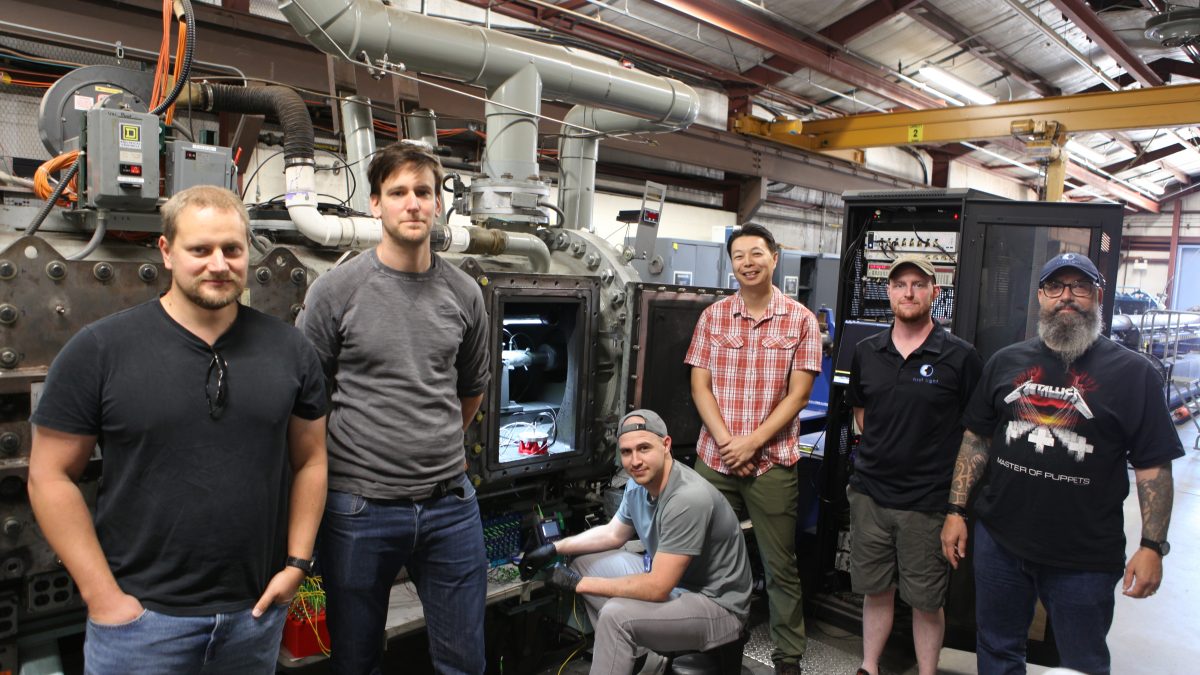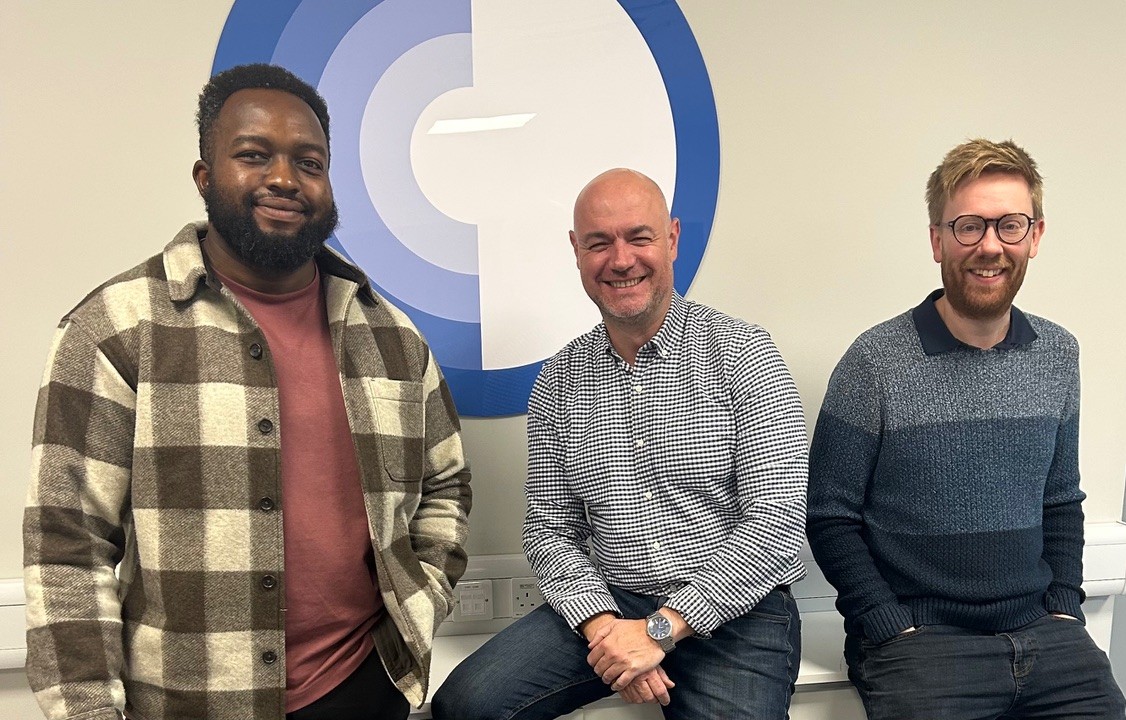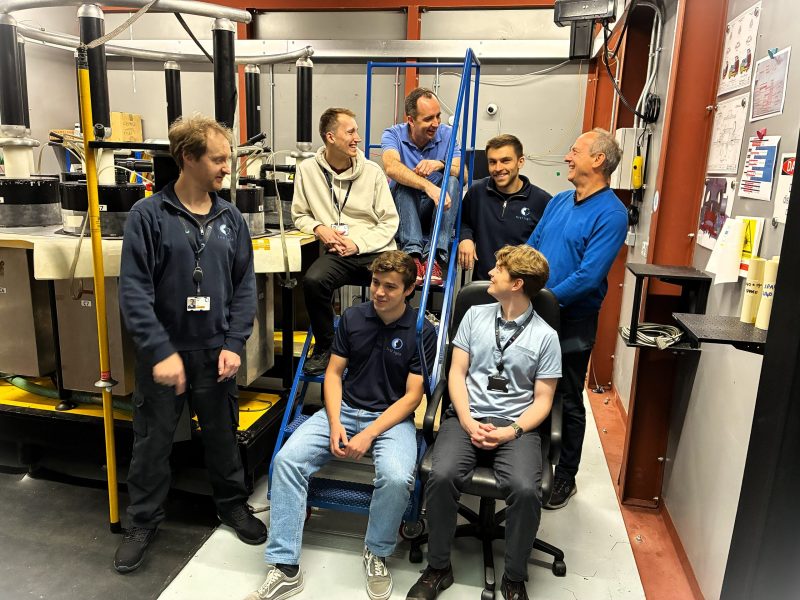29 August 2023: Oxford, UK – First Light Fusion (“First Light”), the world’s leading inertial fusion start-up, and Sandia National Laboratories (“SNL”), have announced a collaboration to test First Light’s proprietary amplifier technology on the Z machine as part of SNL’s Z Fundamental Science Programme.
First Light will be the first private fusion firm to be granted access to this facility in New Mexico later this year. These tests will allow the fusion firm to test its unique amplifier target technology in new pressure regimes, significantly de-risking its planned gain demonstrator, Machine 4.
SNL has invited First Light to develop this technology on the Z Machine to produce material pressures higher than can currently be achieved at the facility unlocking new opportunities in High Energy Density physics research.
The fusion start-up was granted a Z fundamental Science shot in collaboration with SNL last month after successfully validating its target technology on its STAR Gas Gun (see here), similar to its own Two-Stage Gas Gun which it used to demonstrate fusion in November 2021.
First Light fired five shots testing two different pressure variants of its amplifier targets. Both targets successfully increased the attainable pressures of the STAR Gas Gun from 200 Gigapascals (GPa) to 550 GPa and 950 GPa, equivalent to 2.5 times the pressure at the centre of the Earth at 380 GPa. The firm’s unique amplifier technology has unlocked a new and radical approach to inertial fusion that’s proven, simpler and cheaper.
The Z-machine opportunity is being billed as potentially “game changing” by the Oxford-based start-up, giving it a rare opportunity to test its technology at conditions it can’t replicate on its less powerful pulsed power facility, Machine 3. This is well in advance of the completion of the construction of its gain demonstrator facility, Machine 4 (M4), providing critical insight into how the technology will perform at increased pressures.
First Light has already kicked-off plans for its own world-leading pulsed power facility, Machine 4 (see here), at the UK Atomic Energy Authority’s site in Culham, which will be operational by late 2027 with construction beginning next year.
The Z Machine is currently the most powerful pulsed power facility in the world. Using high magnetic fields, it produces high temperatures, high pressures, and powerful X-rays for research in high energy density physics, including inertial fusion research. It can generate up to 80 trillion watts of electricity in one ‘shot’. To compare, all the power plants in the world combined generate around 15 trillion watts.
Dr Nick Hawker, Founder & CEO of First Light Fusion, said:
“This is a truly game-changing collaboration for us, and we are delighted to build on our long-standing relationship with Sandia. Being the first fusion firm to use the Z Machine will allow us to test our amplifier technology under conditions we can’t currently access, as well as explore how the technology can unlock new, vital High Energy Density physics research at Sandia.
“As we target ‘Ignition’ this decade, working with SNL gives us an early opportunity to test our amplifiers under the same conditions as Machine 4, which will be operational by late 2027. The iteration loop of how we optimise our target technology therefore becomes much shorter and quicker, and this is critical given the urgent need for commercial fusion power.
“I’m delighted to have been able to prove the function of our amplifiers for SNLs material testing objectives on their STAR gas gun facility. The most important aspect of this work for FLF is that it again validates our simulation tools for amplifier design. This was a new design developed bespoke for SNL and which worked exactly as predicted on the first time of asking. This is a clear demonstration that our technology works.”
Dr Daniel Sinars, Director, Pulsed Power Sciences Center, Sandia National Laboratories, said:
“Our purpose at Sandia is to support our nation’s nuclear weapons stockpile in the absence of underground testing through exceptional science and engineering. As a national laboratory, we also seek to support advances in private industry where appropriate. When First Light Fusion approached us with the idea to test the key physics underpinning their proprietary concept, we saw an opportunity to both improve Sandia’s capabilities for stewardship science and assist them with understanding the full potential of their novel approach to fusion. I couldn’t be happier with the results. Their initial tests on STAR show great promise and have already generated superior test conditions compared to our conventional approaches. We are looking forward to partnering with them through our Fundamental Science Program to understand how well their technology scales to the Z Machine, one of our flagship stockpile stewardship facilities and a test bed for advanced inertial fusion concepts.”



